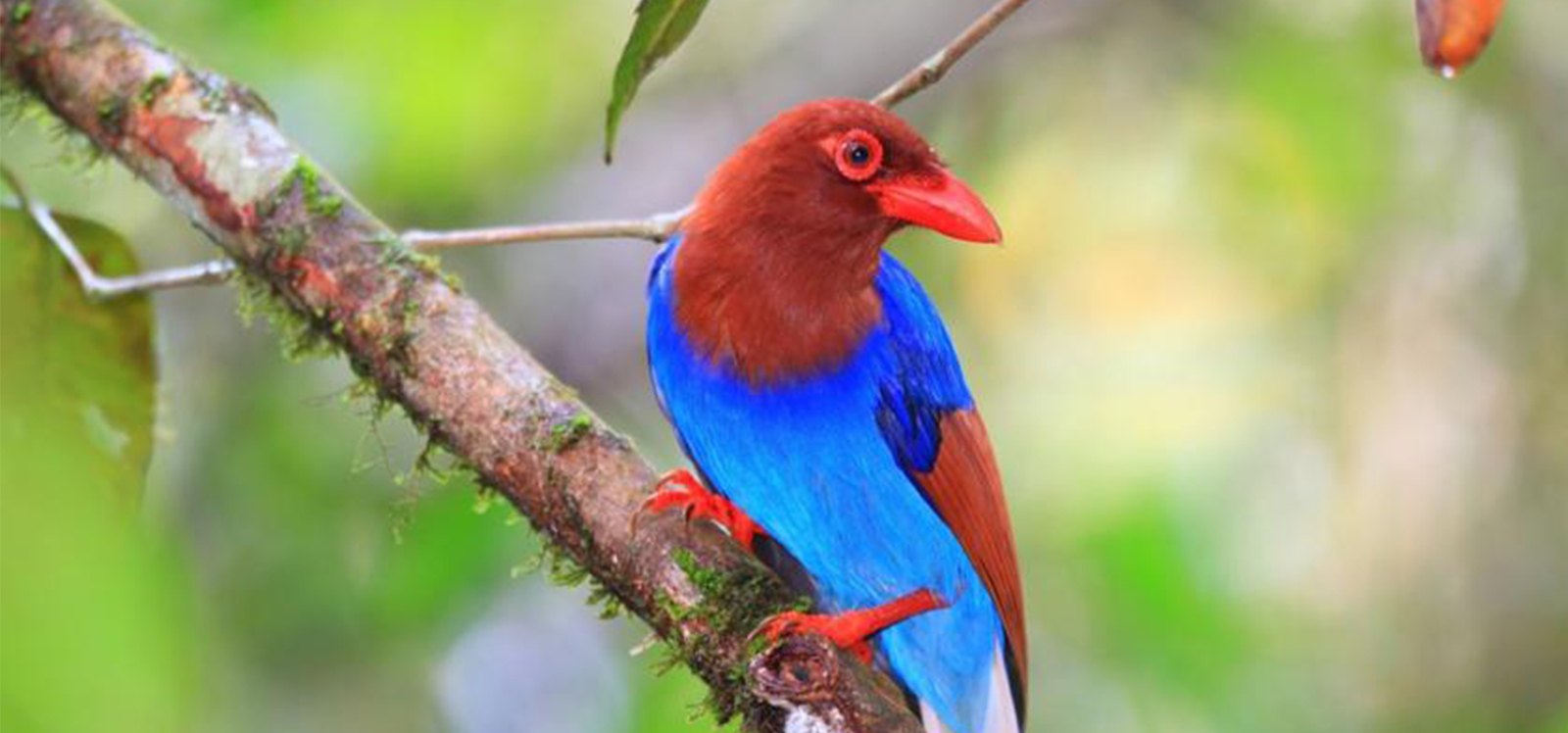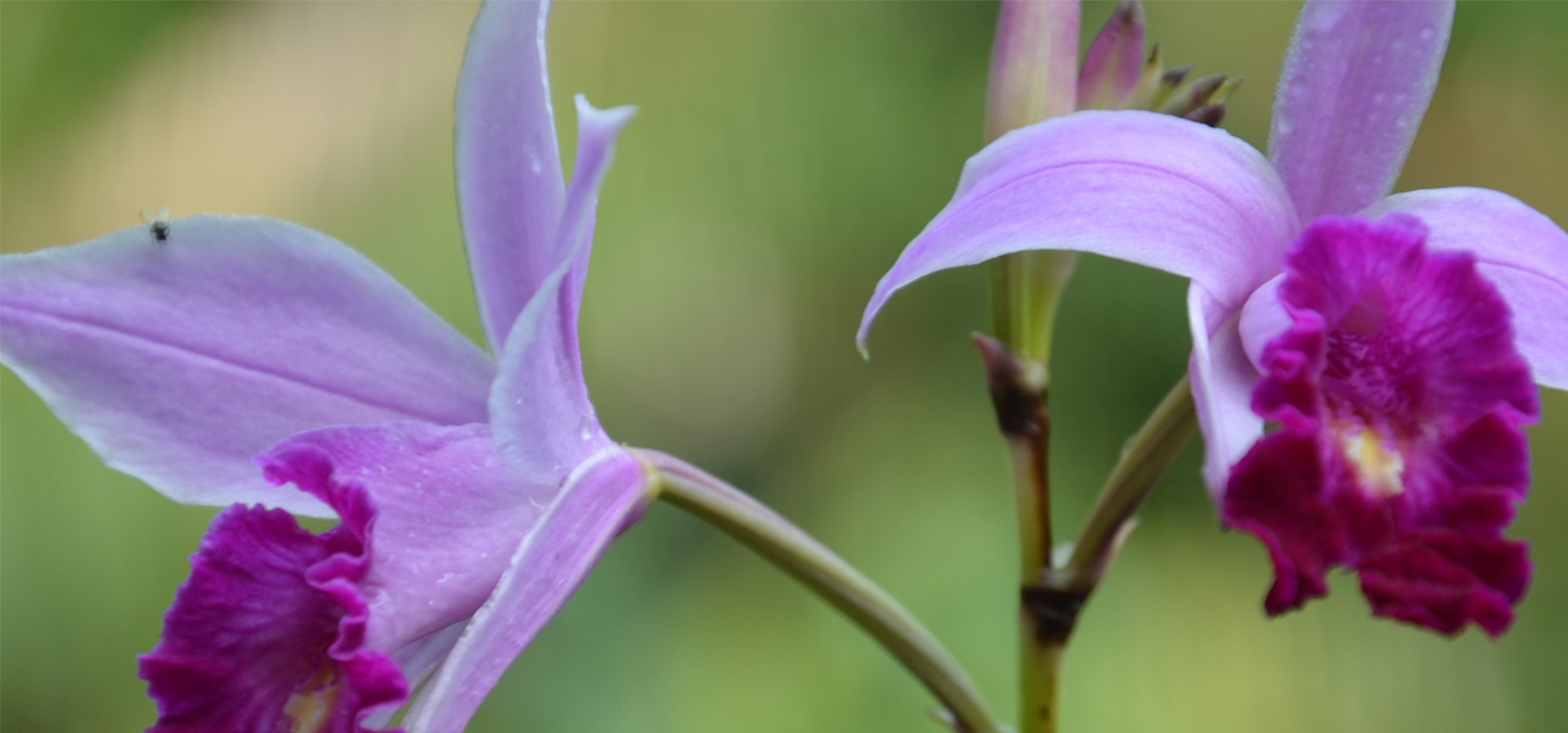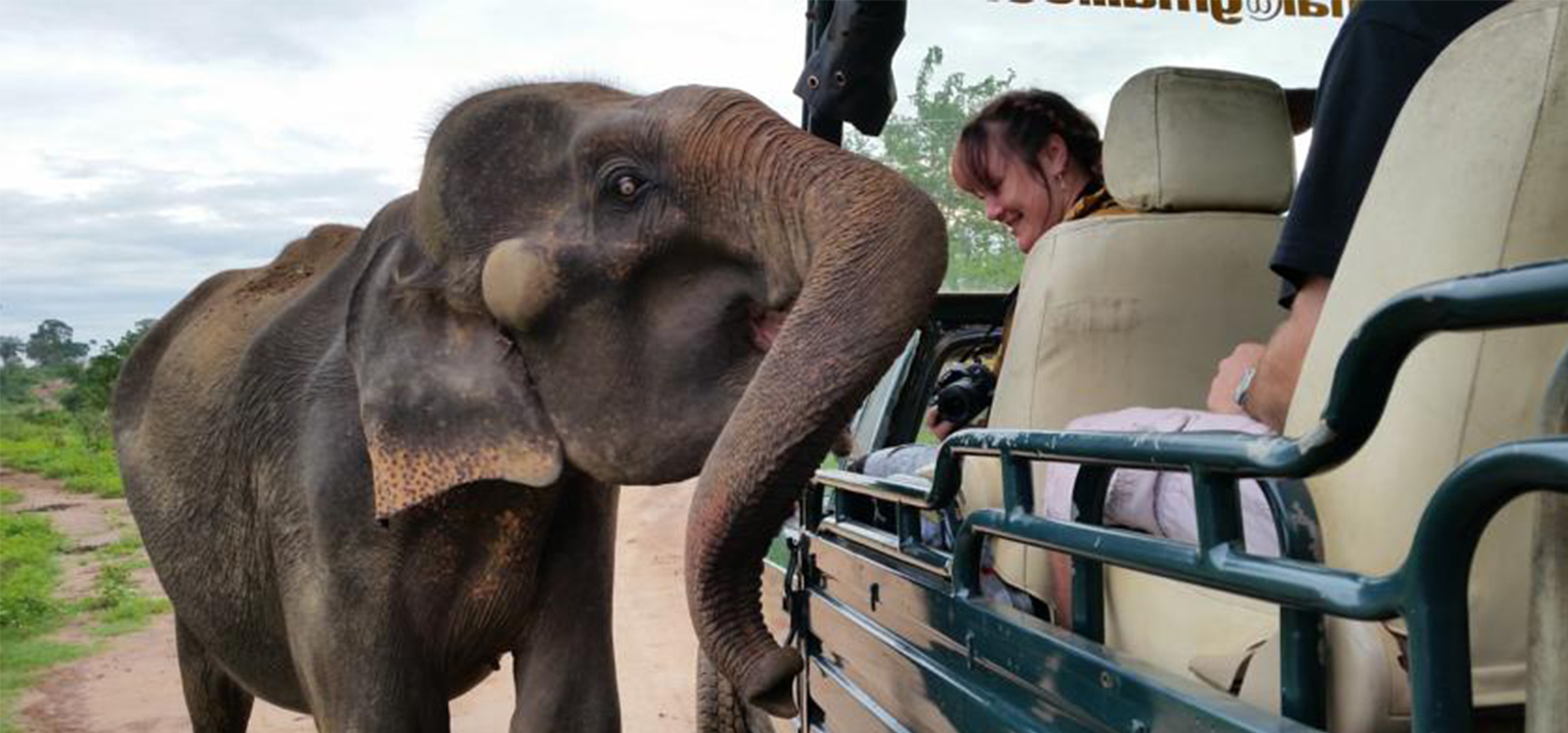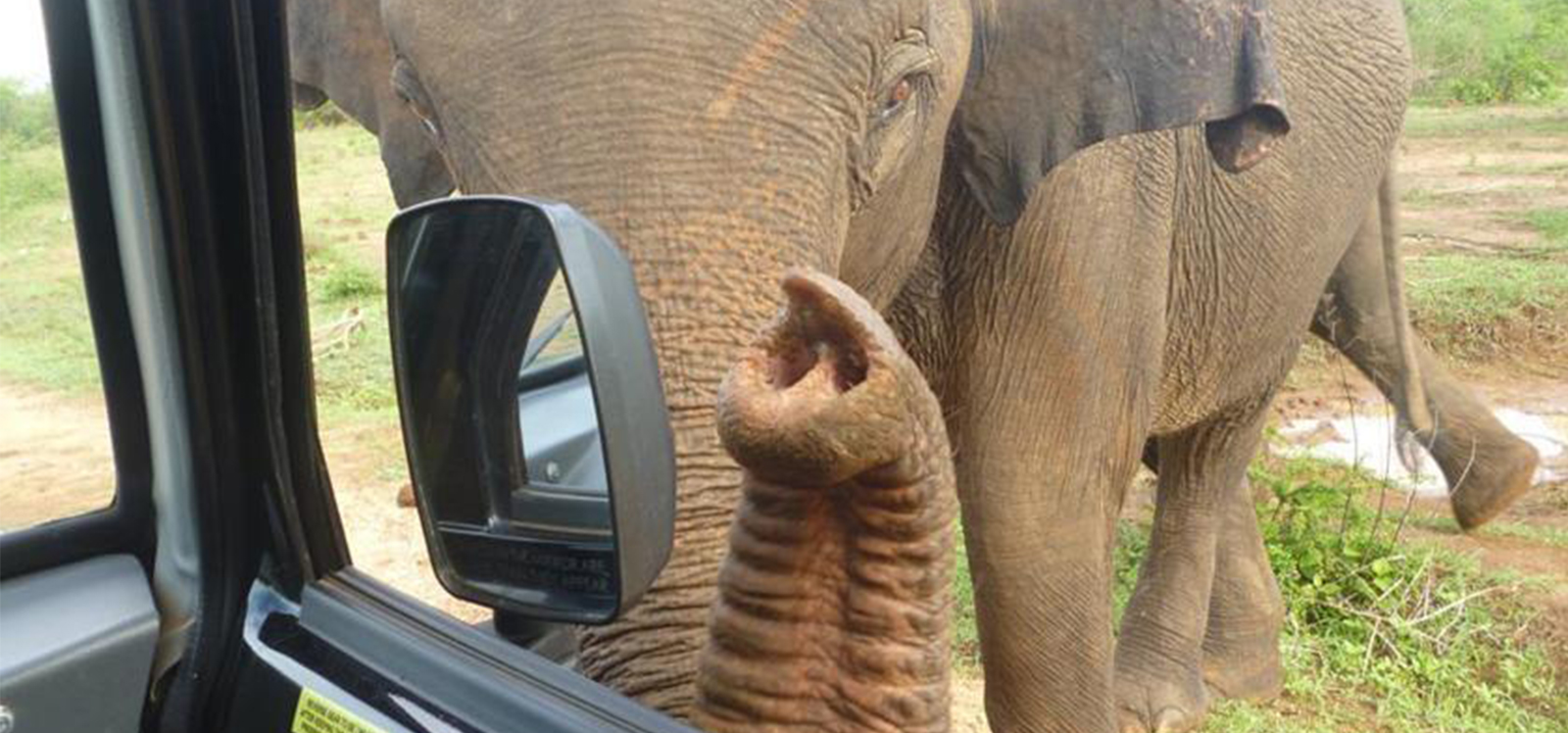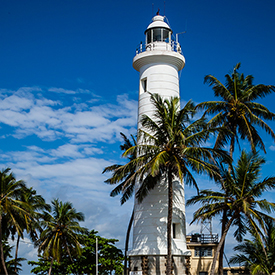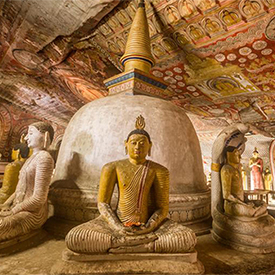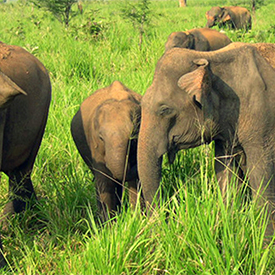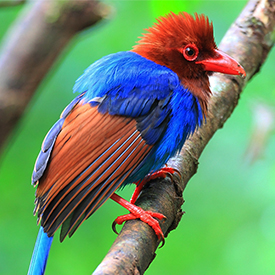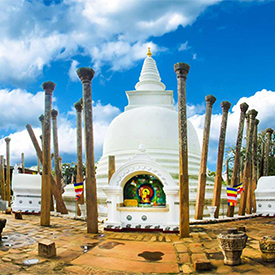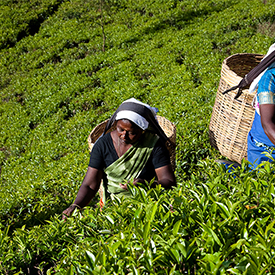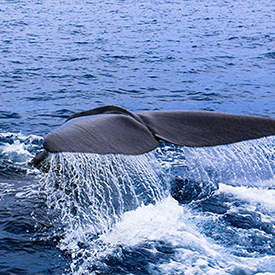udwalawa jeep safari and sinharaja rain forest
Udawalawa lies south of the central hills of the island, and it surround the manmade reservoir of Udawalawa, which is part of the park. It is a mixture of abandoned teak plantation, scrub jungle & grassland. The dry season is best to watch many herds of elephant that roam the park; which is usually between May & September. Almost the entire park is covered with tall, reedy Pohon grass, which grows all year round. Udawalawe is a superb place to watch elephants. An estimated 450 elephants live here.
Sinharaja presents the characteristic features of a tropical rain forest. The only considerable patch of rain forest in the island. The forest is south of Ratnapura and may be approached by motoring from Ratnapura past Kalawana. Around 90 square miles in area it extends from less than 300 ft. above sea level to 3838 ft. at the summit of mount Rupahin Kanda. The climate is equable with some rain at all seasons. Most endemic birds and plants could be seen at Sinharaja.
The ornithologists will find a visit to the logging area of the Sinharaja Forest worthwhile, for here one could expect to see some of the rarest species of Sri Lankan birds such as Red Faced Malkoha, White Headed Starlings, Trogans, Indian Grey Drongo, Grey Tits, Ceylon Lorikeet, Crested Drongo, Azure Flycatcher, Back Bulbul, Black Eagle, Emerald Collard and Three Toed Kingfisher among others, animal life is abundant here. The Black su-species of the purple faced monkey is common. Lots of bats are found here, including the grotesque Megadirima Spasma Ceylonence. The other animals found here is the Wild Pig, Sambur, Elephants, the palm Civet Cat - the Leopard.
Day 01 - Tour Highlights
- Udawalawa wildlife Safari – 2 ½ Hours (Approximately)
- Elephant Transit Home
Dinner and overnight stay at Hotel in Udawalawa
Day 02 - Tour Highlights
- Sinharajaya Rain Forest
Summary of the Tour
- Tour start and end from your hotel.
- Tour can be customized.
Inclusions
- Hotel accommodation with breakfast and dinner
- Private transportation by air-conditioned vehicle.
- English speaking driver guide.
- Entrance/excursion fees to the places mentioned in tour highlights.
Exclusions
- Food & Beverage.
- Tips and other expenses of a personal nature.
- Any other services not specified above

Udawalawa wildlife Safari
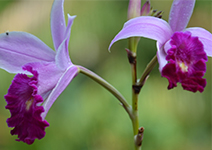
Udawalawa wildlife Safari

Udawalawa wildlife Safari
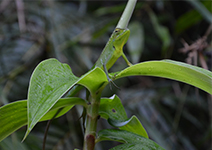
Udawalawa wildlife Safari
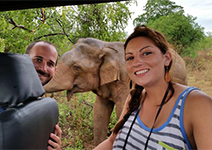
Udawalawa wildlife Safari
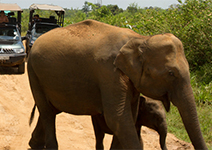
Sinharajaya Rain Forest
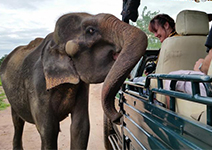
Sinharajaya Rain Forest
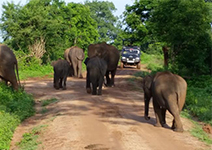
Sinharajaya Rain Forest
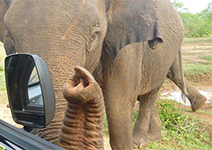
Sinharajaya Rain Forest
